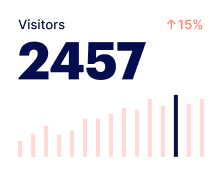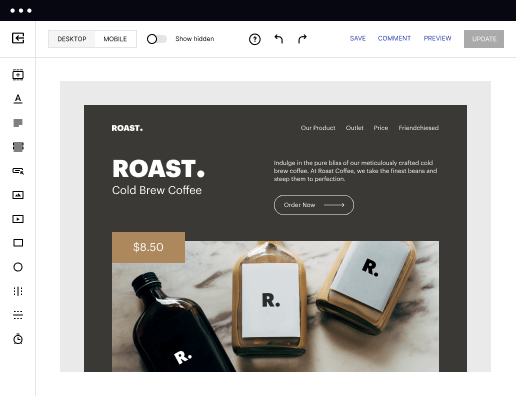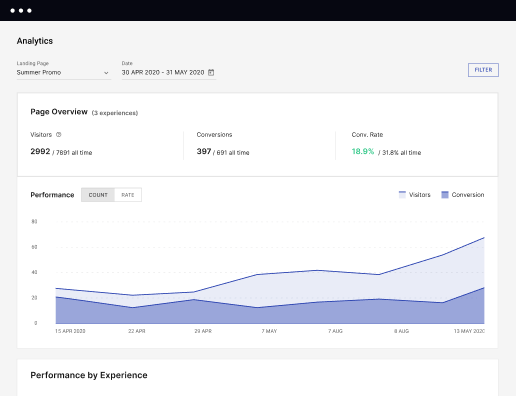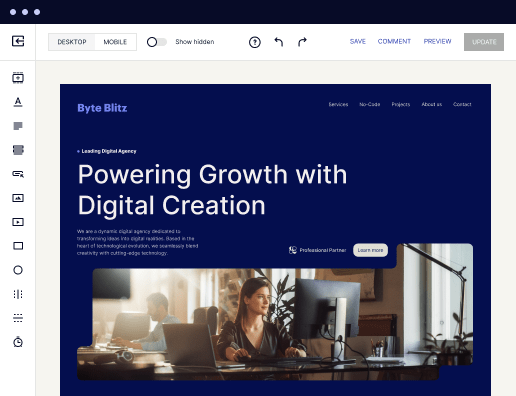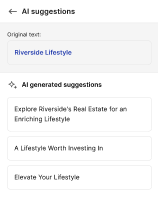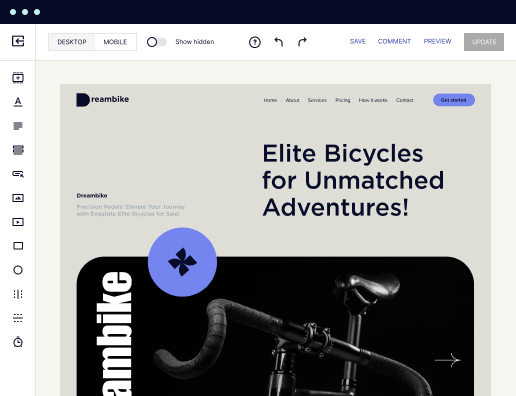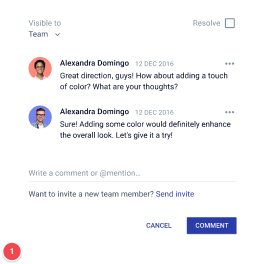Make your dashboard page designed for Debian
Instapage empowers you to reduce costs, increase conversions, and deliver meaningful experiences on Debian.
Building Your Dashboard Page on Debian with Instapage
Creating an effective dashboard page on Debian can significantly enhance user experience and operational efficiency. By leveraging Instapage’s powerful landing page creation tools, marketers in various sectors—including education, tech/SaaS, and government—can craft optimized landing pages that drive conversions and foster customer loyalty. This guide will provide a step-by-step process for utilizing Instapage to build a stunning dashboard page on Debian that meets your specific audience's needs.
Step 1: Understand Your Audience's Needs
Before diving into design, it’s crucial to identify your target audience's preferences and requirements. Consider which elements are vital for their experience. For instance, if your target audience is in the financial services sector, they may prioritize security and clarity in data presentation. Understanding these needs lays the groundwork for a customized dashboard.
- Analyze user personas: Identify key characteristics of your audience segments.
- Collect feedback: Use surveys or interviews to gather insights about user preferences.
- Determine key metrics: Decide which performance indicators matter most to your users.
Step 2: Utilize Instapage's Template Library
Instapage offers over 100 conversion-focused layouts that can be customized to fit your dashboard needs. Select a template that closely aligns with your vision and modify it according to your brand’s aesthetic.
- Choose a layout: Pick a template that best showcases your dashboard's key metrics.
- Customize elements: Adjust colors, fonts, and images to match your brand.
- Add dynamic components: Integrate charts or graphs that visually display data trends.
Step 3: Optimize for Conversion
To ensure your dashboard page on Debian achieves maximum performance, leverage Instapage’s optimization features. This includes A/B testing different layouts and analyzing user interaction through built-in analytics tools.
- Conduct A/B testing: Experiment with different headlines, layouts, or calls-to-action to see what resonates.
- Use heatmaps: Analyze user behavior on your page to identify areas of improvement.
- Track performance metrics: Continuously monitor your page's analytics to refine further.
Following these steps will help you build a dashboard page on Debian that not only looks great but also enhances user engagement and conversion rates.
Ready to take your marketing efforts to the next level? Start using Instapage today to build optimized landing pages that truly resonate with your audience.
Get more out of Build your dashboard page on Debian
Improve your Quality Score with quick load technology for landing pages
Increase conversions with content that aligns with your ads and audiences
Achieve maximum ROI by scaling your marketing initiatives
Leading the way in building high-performing landing pages





FAQs
See how to build your dashboard page on debian in action
Ready to skyrocket conversions?
Supercharge your ad campaigns with high-performing landing pages.
Get started
